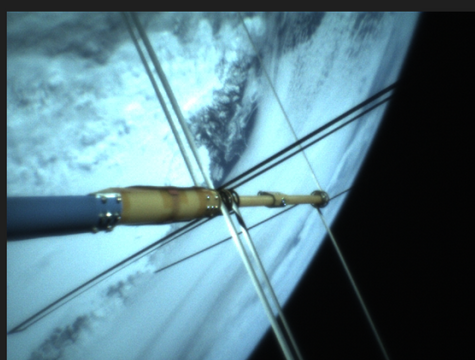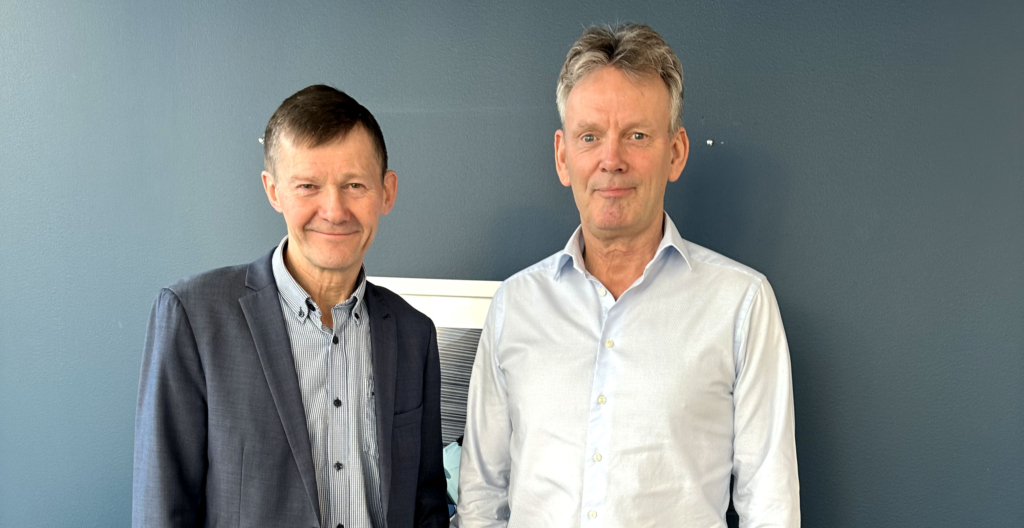The Norsat-TD was launched into space with a SpaceX Falcon 9 from Vandenberg, California carrying Norwegian and European technology to be tested in space. Most important for Norway is Space Norway’s VDES payload enabling the testing of two-way data communication and navigation services via VHF.
The launch went according to plan, and the ground station was able to ping the satellite just minutes after the separated from the rocket. All the payloads have so far responded as expected, and the special VDES antenna unfolded perfectly. This antenna is the main reason that the Space Norway VDES payload delivers such high performing services.
Satellite VDES offers two-way communication outside the range of normal coastal stations, for example at open sea and in Arctic waters. The Norwegian government monitors vast areas of open ocean far away from land. VDES supports several services and applications that improve safety at sea and contribute to making the maritime sector more efficient and environmentally friendly, such as broadcasting ice charts, navigational support, information, and search-and-rescue services.
The satellite is commissioned and owned by the Norwegian Space Agency and is operated by Space Norway’s subsidiary Statsat.
“NorSat-TD is important because it enables companies to prove the feasibility of their technology in space, which is important for companies when presenting products to the space industry. At the same time, the Norwegian Space Agency together with Statsat show that they contribute actively to the Norwegian and international market for space services”, says CEO of Statsat, Ivar Spydevold.
The satellite will spend one year in a test phase where all payloads are tested and experimented with. Then, the satellite enters an operational phase with an expected lifespan of five years. Several of the payloads have been developed in cooperation with the European Space Agency (ESA).
In addition to the NorSat-TD, the SpaceX launch carried 50 satellites from various counties into orbit.



